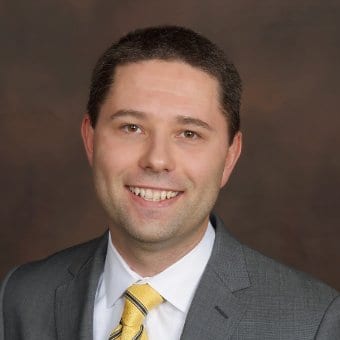Editor’s note: A version of this article first appeared on Field Technologies Online and is adapted here with permission. Here, editor Sarah Nicastro speaks with Sasha Ilyukhin, director of service operations for the Americas at Tetra Pak, about how the company uses augmented reality tools in the field.
Tetra Pak is the world’s leading food processing and packaging solutions company. In his role at Tetra Pak, Sasha leads a team of 500 technical professionals across 37 countries. Tetra Pak is currently investigating how augmented and virtual reality (VR) can transform its service business, and here Sasha shares his insights on the topic.
Can you describe some of the recent challenges your operational team is presented with?
 Sasha Ilyukhin: I don’t believe our environment is very unique, as we are faced with a number of challenges that every service organization I know is experiencing. Our customers want highest quality of service at a competitive price — 24 hours per day, seven days per week. This presents an ever-increasing challenge of having the right skill at the right place, at the right time, and at the right price.
Sasha Ilyukhin: I don’t believe our environment is very unique, as we are faced with a number of challenges that every service organization I know is experiencing. Our customers want highest quality of service at a competitive price — 24 hours per day, seven days per week. This presents an ever-increasing challenge of having the right skill at the right place, at the right time, and at the right price.
Our growing installed base management complexity presents another challenge, as we deploy new packaging innovations right along the lines of our legacy equipment, which has been in operation for as long as 25 years. This trend requires our service team to master a very wide range of technologies from basic mechanics to very advanced PLC programming and motion controls.
Last but not least, the demographics of our service team are shifting towards millennials who expect fast-track competence development as well as accelerated and multi-directional career planning, in contrast to the old-fashioned corporate ladder.
How could new technologies, such as virtual and augmented reality, play a role in exploring new opportunities?
Imagine a service engineer scanning a bar code on the equipment and immediately having access to relevant documentation and schematics through smart glasses. Such immediate access to a knowledge base can reduce the response and resolution time dramatically, putting the line back in production quicker.
“Probably the most exciting and innovative application is using virtual reality for training.”
Augmented reality can also be used for providing remote support to field service staff. Picture a service engineer on-site wearing smart glasses connected to a technical support center, where senior and experienced colleagues have the ability to help the engineer by seeing exactly what he is seeing in real time. This technology can bridge the capability gaps across the service team and deliver needed competence at the right place and at the right time, at a fraction of the cost of sending additional troops for help.
Probably the most exciting and innovative application is using virtual reality for training. The airline industry has been doing it for years with the flight simulators, and modern technology allows for a similar type of training on industrial equipment for service personnel or customer staff. With the ever-increasing pressure of higher equipment efficiencies and uptime, access to physical equipment for training becomes more and more limited.
Our equipment designers work with 3D models and simulators … [so] virtual reality applications for training are a natural extension of the infrastructure we have in place already.
Read the full story at Field Technologies Online


Share this: